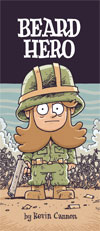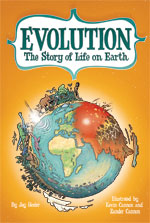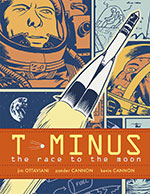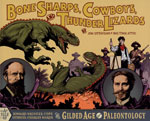"An Exhibition About Drawing Conjures a Time When Amateurs Roamed the Earth" by Michael Kimmelman
Here's an article about a time in America's past when the nine of us at Big Time Attic would have been considered "normal" for drawing in school. In my experience everyone drew daily up through maybe third or fourth grade, but after that the activity was practised only by those kids who were self-motivated. Of that lot, you had three camps. First, there were the "gifted" artists, those whose talent was semi-realistic and whose art was proudly displayed on classroom walls. Second were the caricaturists, who used their talent for making fun of other kids, or for illustrating severed limbs, fecal matter, or sexual positions. The caricaturists always had a strong underground following, but never seemed to grow artistically. Finally there were the loners, whose passion to draw was purely self-driven, and if their drawings ever found an audience, they were treated with ridicule or sympathy. I'm thinking specifically of the kids who drew nothing but airplanes, or characters from role-playing games.
I'm familiar with all of these camps, having cycled through them over the last two decades. The first drawings I remember were of pirate ships, way back in preschool. Non-stop pirate ships, most of them with a one-armed pirate hovering over a pair of green alligator jaws. When I realized I could use art to get attention, I switched to more popular subjects, like recreating tv commercials or making up new Ninja Turtles with the names of other renaissance artists. In junior high I went through a long grotesque phase, drawing sketchbooks full of severed limbs and people with their skin inside-out. In high school I moved toward photo-realism, after finding out that the more my art looked exactly like the subject, the more praise I received. Unfortunately, none of this art had any emotional value. Even drawing from life in sketchbooks ultimately felt like I was just transcribing the real world without any personality or feeling. It was only by drawing comics in college that I felt like I was putting myself into the art, by combining drawing and storytelling. Unfortunatly, in a liberal arts setting working among fine artists, comics never felt appreciated. Even though "Johnny Cavalier" was published and read, I still felt like I was in that third camp, scribbling panel after panel in solitude, while the pictures of correctly-proportioned and accurately-lit bowls of fruit are what made it onto the gallery walls.
But my first trip to the San Diego ComiCon flipped that perspective on its head. Here was an assembly of artists from all three camps under one roof, learning from each other and discussing their craft. It may be a stretch, but I suppose this is what the Olympics are like, in a way; a great assembly of those "artletes" who were one of a kind at their schools, but who are now among the company of equals. For me, my first con was overwhelming. Not being the "best artist" in a room full of people -- like I had been for twenty years -- was like having the rug pulled out from under me. I was discouraged at first, but not anymore. The sheer number of people at the con is still overwhelming to me, but it's worth having the shoulder-to-shoulder crowds to be able to be shoulder-to-shoulder with the best cartoonists in the world. After an experience like San Diego, the "camps" don't really mean anything anymore. The lines are too blurry to be able to draw boxes around people. And now, in my own sketchbooks, I'm back to drawing pirate ships, which either means I've come full circle or have regressed twenty-three years. I'm not sure which yet.
Subscribe to:
Post Comments (Atom)






2 comments:
Not strangely, I went through a similar experience ... except for being the best. Being not-best in the room had always propelled me to improve and get to the point that I was. Simultaneously, and as a consequence, I continued to learn that people could be better technically, or better emotionally, or better comically, or better illustator-y, or better ... etc. etc. as you say ... the lines would blur. So I realized I had to merge what fulfills me with a drive to gain technical skill if I were to enjoy what I was doing. In college, I learned how to do that. I found a pattern of balance that would allow me to express myself while continually giving myself challenges. I think sometimes, people only get to the first part ... which is just fine! But I think the key to a fulfilling interest in the habit of drawing is keeping that balance. Thanks for the neat article and for your thoughtful post, Kevin.
I don't think drawing pirate ships counts as regression, my vote is for full circle. A few years ago after my mom passed away I was going through her home and found a cache of my old drawings that she saved. The sheer joy that was evident in these weird scribblings reminded me what I loved about drawing in the first place- the rebellious freedom in being able to create whatever you want. Since then my monochromatic, surreal world of twisted limbs and depressed, grotesque figures which alienated me from people has been transformed into a colorful landscape of robots and weird monsters. I'm much happier for it.
Post a Comment